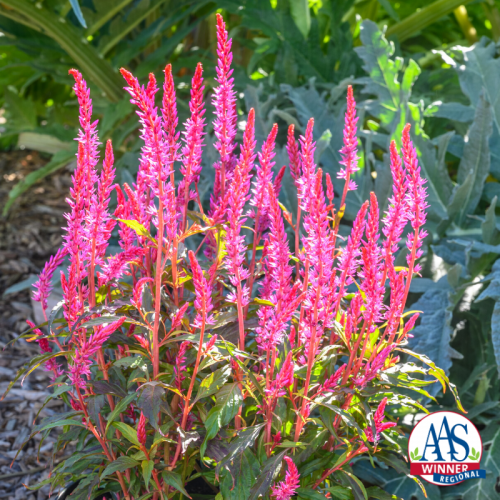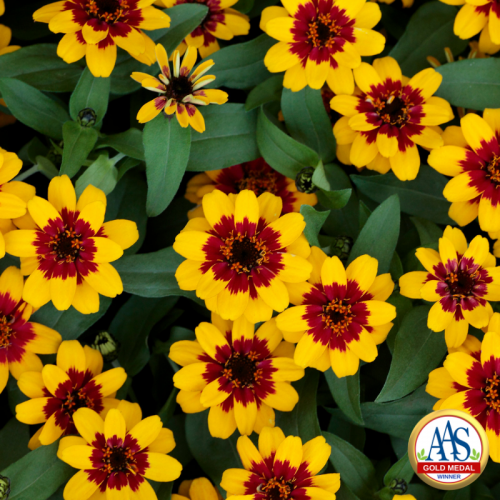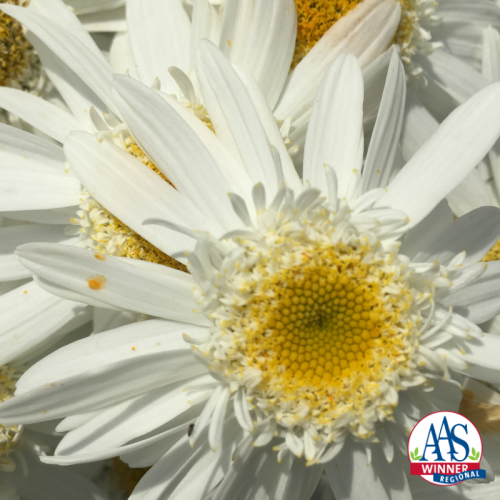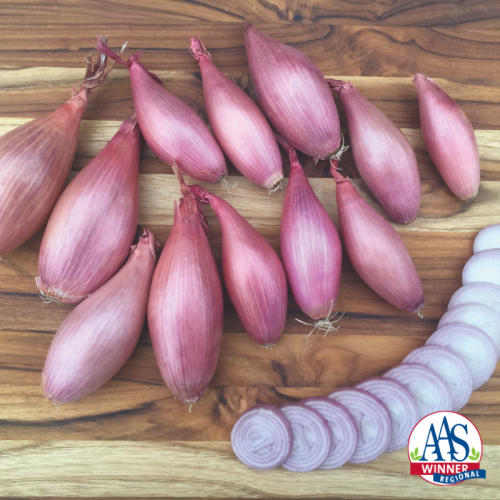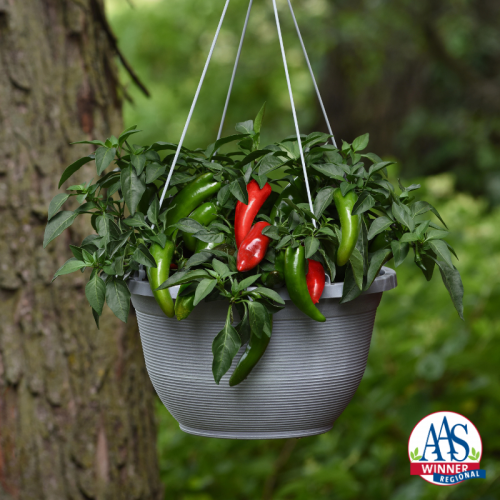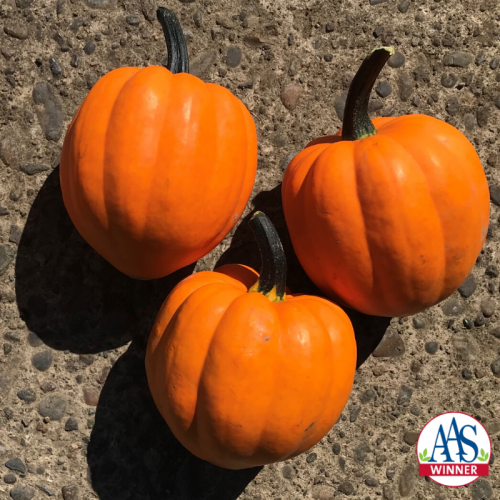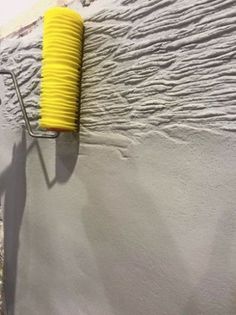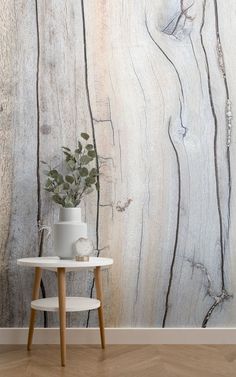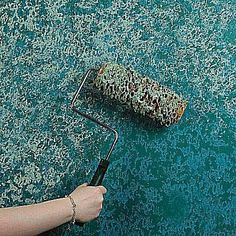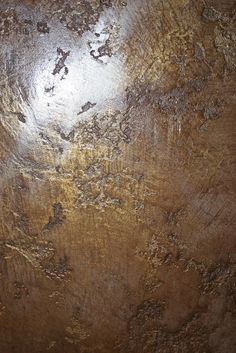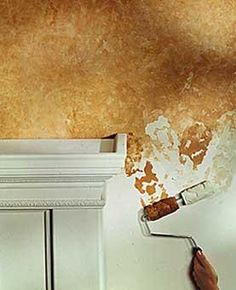Looking for a Christmas gift for a gardener? Newer products coming out in 2021 for gardeners can be found in many garden catalogs his year.
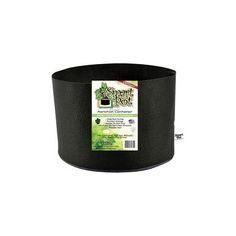
Starting with the Smart Pot® which is a container 20-, 10-, or 5-gallon size. Made from a geotextile fab it air prunes the roots providing a denser root system. Really good containers for raising any vegetable.
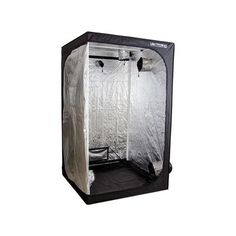
The lighthouse grow tent, a 4 by 4 by 6-foot tall tent with a silver lining inside. After placing a rack and lights, it makes a perfect grow house for starting seedlings. There are openings for venting if needed.
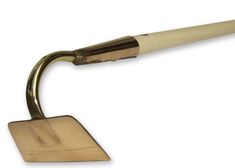
One of my favorites while not new are not common in this country is the swan neck hoe. The blade is curved skimming below the soil level without having to pull too hard. With a 6-foot-long handle, you can reach across your garden easily. They also come with a copper head meaning it is the last hoe you will use. Copper tools enrich the soil with trace copper nutrients.
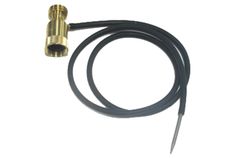
The brass siphon mixer goes on your hose to your flowers or garden that siphons a solution of fertilizer, fungicide, or insecticide. Works great for fertilizing drip systems in gardens. It siphons at a rate of 5 cups concentrate to 5 gallons of water.

An insecticide that is a thousand years old but is becoming more popular in the United State is Neom oil. It is a pressed-out oil from the seeds of the neem trees (a broadleaf evergreen) from India. An organic insecticide that makes it harder for insects to grow and lay eggs. Good for aphids, mites, moth larvae, and grasshoppers and does not harm beneficial insects like ladybugs or bees.
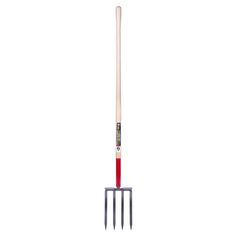
Another tool not used much is a long-handled spading fork. The tool works great for digging underground vegetables like carrots and potatoes without much effort.
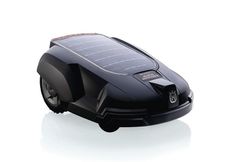
Tired of mowing? How about a robot mower powered by the sun? This mower comes from Husqvarna great for smaller areas.
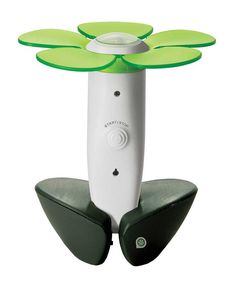
The Easy Bloom Gadget will check your plants and soil and let you know about their situation, quality, and what they need.
Of course, there are many other selections that make great gifts for gardeners like stirrup hoes. Dibbles, and bulb planters.

